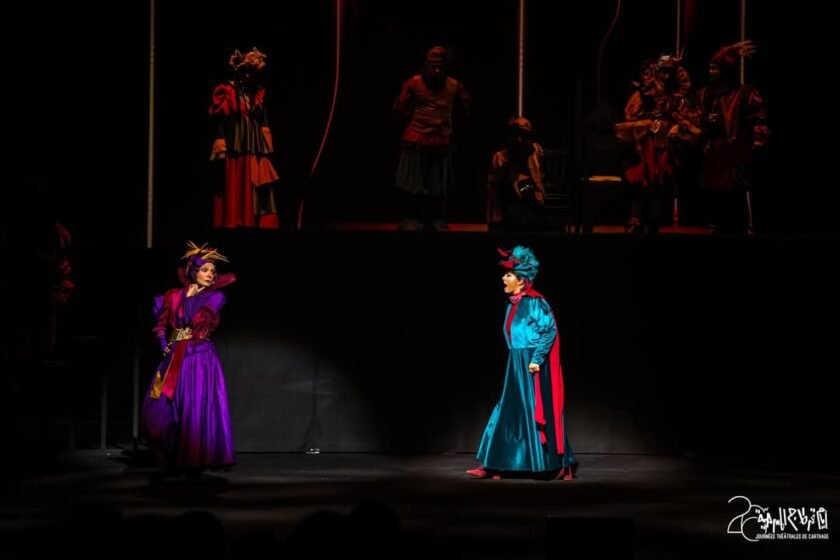In a keynote address for the 26th edition of the Carthage Theatre Days (JTC), renowned French theorist Patrice Pavis captivated a packed audience at CinémAfricArt with a profound exploration of the modern stage. The session, moderated by Moroccan researcher Saïd Karimi, drew a diverse crowd of artists, intellectuals, journalists, and theatre students.
Pavis, a leading voice in performance theory, positioned theatrical adaptation as a complex, three-part process—translation, adaptation, and transposition—far exceeding a simple transfer of text from page to stage.
“Adaptation is not about slavish fidelity to an original text,” Pavis argued, “but a critical reflection on its new destination.”
He further elaborated on dramaturgy, describing it as the essential scenic work that gives rhythm and meaning to a script. In his view, the text is not supreme but exists at the heart of a collaborative process where every actor and gesture is pivotal to the final production.
The “Verb-Body” and the Actor’s Presence
A central theme of his lecture was the concept of the “verb-body,” a theory exploring the inseparable link between speech and physical movement. Pavis contends that words are given life by the body, while the body itself becomes a vehicle for language. This interplay, he suggested, is what allows contemporary theatre to create a meaning that resonates both intellectually and emotionally with an audience.
To illustrate his points, Pavis pointed to the Tunisian production “Les Fugueuses” by Wafa Taboubi, which was featured in the festival’s official competition. He praised the actresses’ compelling embodiment of their characters, calling the piece a powerful example of his theoretical principles in action.
Embracing Technology, Championing the Artist
Addressing the growing influence of new technologies, Pavis offered a measured perspective. He rejected the notion that digital tools and artificial intelligence are threats to live performance, instead framing them as potential sources of new visual and interactive possibilities.
However, he firmly underscored the irreplaceable role of the artist. “The creative gesture, the capacity to convey meaning and bring a text to life on stage—this remains fundamental,” Pavis stated. He concluded that technology should enhance the conditions of performance without undermining the living, human core of theatre.
The theorist also presented his two seminal reference works, the “Dictionary of the Theatre” and the “Dictionary of Performance and Contemporary Theatre.” Translated worldwide, these volumes have become essential tools for understanding key concepts in dramaturgy, semiology, and theatrical anthropology.
Ultimately, Pavis’s lecture served as a compelling reminder of theatre as a living, ever-evolving art form. His insights provide a valuable framework for navigating the ongoing transformations of contemporary stagecraft.
TunisianMonitorOnline (Douha Essaafi-JTC)




